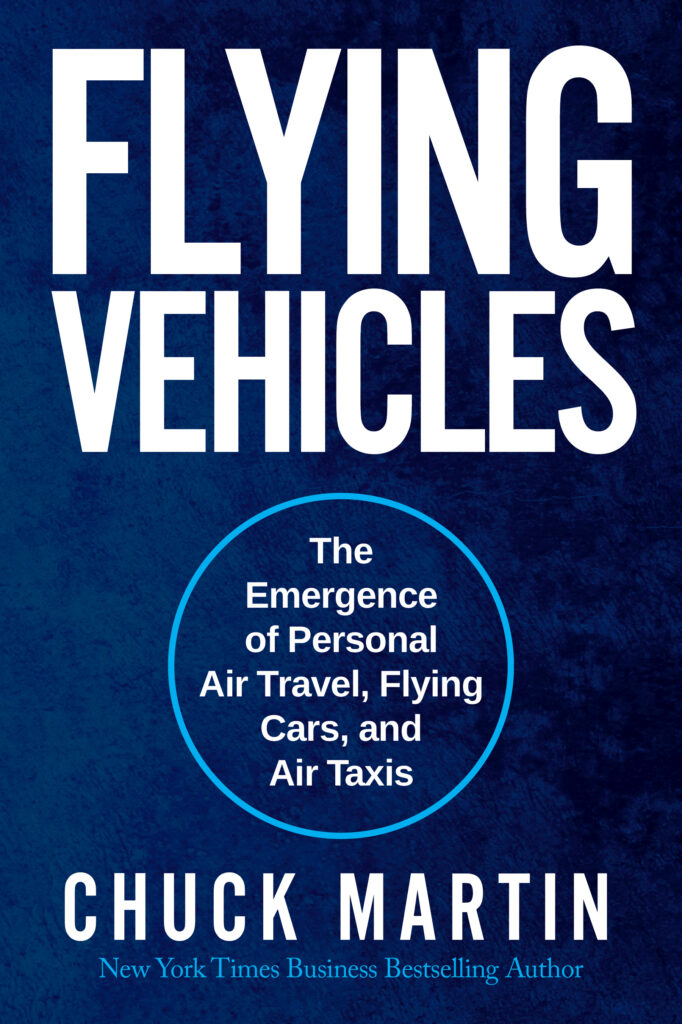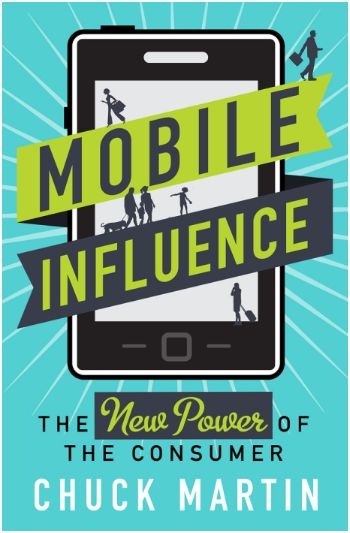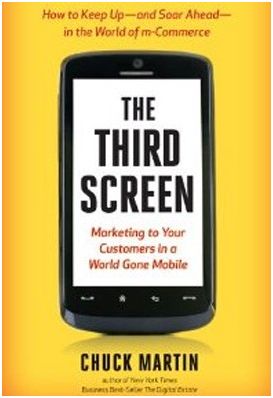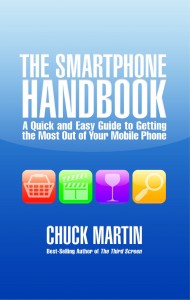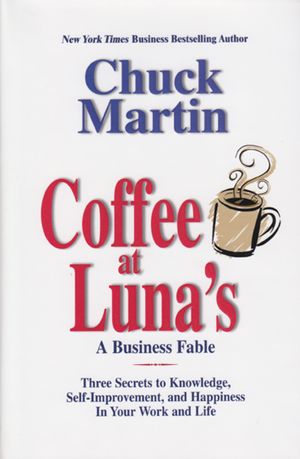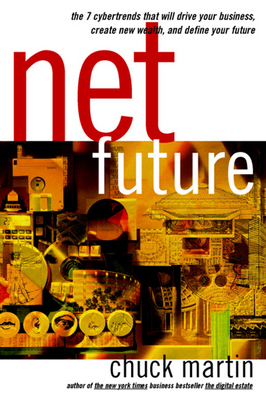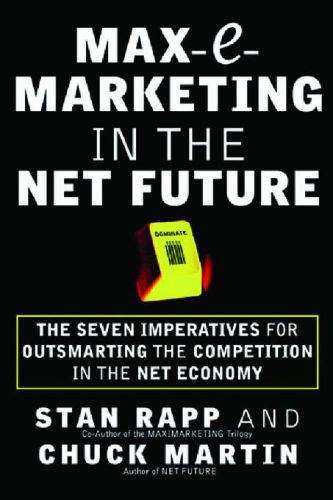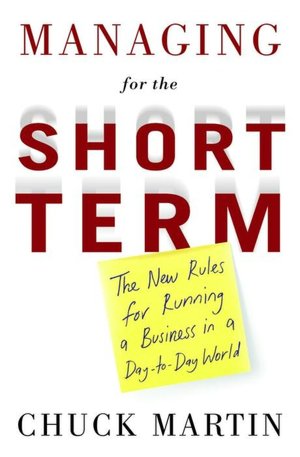In 1974, at a Marsh’s Supermarket in Troy, Ohio, a 10-pack of Wrigley’s Juicy Fruit gum was run through a hand-made laser scanner, for a sale of 67 cents, according to Wrigley’s.
That pack of gum marked the beginning of the UPC barcode era, where these ubiquitous codes have helped track the sales of many billions of items and speed shoppers through checkouts.
While there’s a role for these series of black bars and numbers in the mobile world, there’s an even bigger potential role for a newer model, though not a replacement for the trusty old UPC barcode. While the UPC barcodes carry traditional information and pricing related to one specific product, mobile transports those and other codes to a new dimension.
This new barcode for mobile is the 2D barcode. While the traditional UPC barcode is one dimensional, read from left to right or right to left, a 2D barcode is read in two dimensions, right to left and top to bottom. The codes are essentially square rather than rectangular like UPC barcodes. They also look better than UPC codes and can be less intrusive on product packaging.
And as in any other new medium, there are varying versions of 2D barcodes, some with different characteristics and purposes. Anyone can search the Web and find a site where a person can create a free QR (Quick Response) code that can link to their website, include a phone number to call or a number of other functions. There are companies that will print these codes on a shirt, put them on a business card or just let you have them do whatever you want with them.
Different 2D codes can look different from each other. A QR code, for example, has to be printed larger than some other 2D codes to be readable by the average phone camera, which may be a consideration for a business intending to add 2D codes to millions of packages. There are several different barcode companies and approaches, such as SnapTag from Spyderlynk, RedLaser, Microsoft Tag, Jagtag, ShopSavvy and ScanLife from Scanbuy.
The 2D Barcode Platform
Scanbuy is one of the oldest of the 2D barcode companies. Like other 2D barcode readers, Scanbuy’s ScanLife reader can read other codes besides its own. It has been used all over the world and has active operations in the United States, Mexico, Chile, Spain, Italy and Denmark.
These 2D codes will play an increasing role in the marketing and sales of products because they often are at the closest location to a purchase.
The Scanbuy system provides businesses with all the data from the scans so they can see the number of scans, the date, time of day, location and demographics, such as age, gender and income. (We used a ScanLife code on the back cover of my book The Third Screen).
The value of using a 2D platform is the amount of information that can be captured as well as disseminated, since the code can be linked to any type of marketing material.
As is typical with platforms in the mobile industry, the data is captured by Scanbuy and the brand accesses their data through the platform.
Many companies of all sizes are using 2D codes in a number of ways. Following are some examples of how some clients of Scanbuy have used 2D barcodes.
- Heineken printed EZ codes on their six-packs of beer. When scanned, and age verified, an app called Breathalyzer could be instantly downloaded. The idea is that if a friend has had too much to drink, the person with the Breathalyzer has them blow into the phone microphone, which shows that the person has had too much to drink. The person then selects from a list of characters (The Sleeper, the Groper, the Flirt, etc.) the one most likely to fit their particular drinking friend and then a humorous video showing that character in action is played.
- Sears placed 2D codes on more than 400 different shelves for individual products. Each code linked a shopper to product specifications, consumer reviews, and an option to purchase. Thousands of shoppers scanned the codes, giving the sales staff another opportunity to interact with the customers.
- Transantiago placed thousands of codes throughout Santiago, Chile, as small stickers placed on each bus stop, where commuters could sometime endure lengthy waits for a specific bus without knowing its location. The code linked to information about the current location of that specific bus by using GPS locators already on the buses so they could see when the bus would arrive.
- CB Richard Ellis used codes on signage for commercial properties. The codes linked directly to a mobile page for that property with current pricing and agent contact information.
- American Airlines placed 2D codes on outdoor media in major airports in the United States to drive users to its mobile site while in the airport to provide real time flight status, gate information, and a reservation portal.
- Morgan’s Hotel Group promoted its 25th Anniversary with a code that linked to a special discount of 10 percent off select stays and information on its hotel properties.
- Volkswagen placed 2D codes on the national brochures for its GTI and Golf. Each code linked to a different experience including a driving video, additional photos and a connection to VW’s soccer affiliation.
Chuck Martin is author of The Third Screen; Marketing to Your Customers in a World Gone Mobile, The Smartphone Handbook, CEO of Mobile Future Institute, Director of the Center for Media Research at MediaPost Communications and a highly sought-after mobile marketing speaker.


